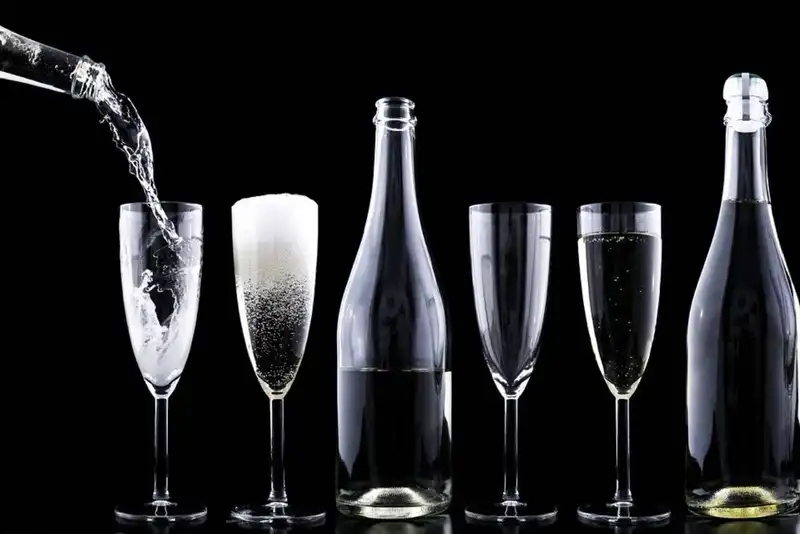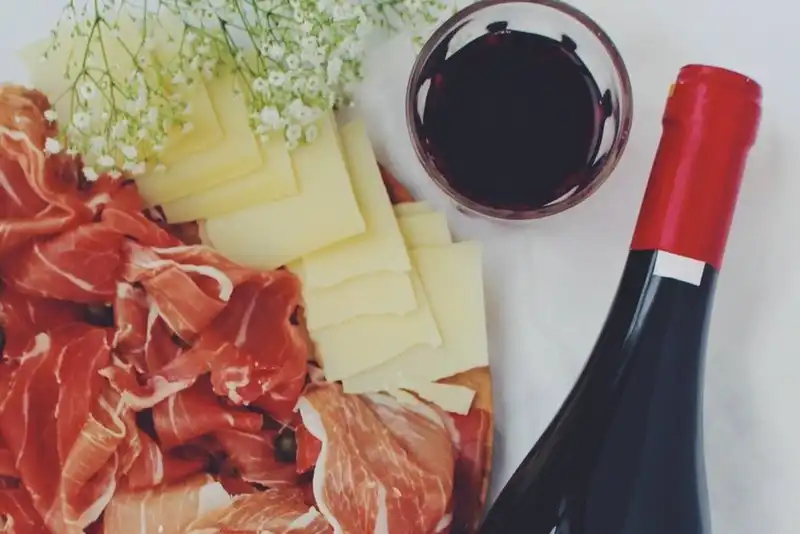What Restaurants Should Look Out for with Food and Beverage Costs

How to Determine Your Food and Beverage Costs
Business owners must calculate their food and beverage costsbeverage costs in order to properly price and portion their menu items. With so many restaurants surviving off a razor-thin profit margin it is crucial to control food and beverage costs to keep your business running successfully.
Determining food and beverage costs correctly is important for a wide range of reasons including pricing and portion sizes. Without a clear idea of the raw product cost per menu item, you risk a profit loss that will negatively affect your entire bottom line profitability.
There is more to factor in than just the raw product cost per menu item including the labor cost and your customer budget. When creating or updating your menu ask questions such as- How much money spent in labor costs does each menu item require? How much are customers comfortable spending per meal at your establishment?
Remember that a sales total includes tips and any non alcoholic or alcoholic beverages that your customer has purchased during their visit. If you are a more upscale establishment then it makes more sense to put more money into your liquor cost as opposed to a fast food storefront where customers go for a low cost and fast meal.
The same principle applies to purchasing higher quality ingredients, especially if the difference in quality would not change very much as far as the finished, served product. Inventory purchases and menu items should be created with careful consideration of your restaurant budget and customer budget.
Correct portion sizes help to keep the cost per menu item down for both restaurants and their customers. Not only will this increase your profit margin and bottom line but it also decreases food waste generated by both your restaurant staff and customers.
Control food waste by avoiding overserving customers unrealistic portion sizes. A clear indication that your portion sizes are too large is frequently observing customers or your employees throwing away uneaten leftovers.
A menu item that can be consumed comfortably in one sitting will require less labor cost for your business and keep total food costs low for your customers. On the other hand, too small of a portion size should be avoided so that customers do not feel their food purchase was a bad investment.
To calculate food and beverage costs you can use various different cost percentage formulas. Prime costs includes both food and beverage costs as well as labor costs combined. Depending on what menu items your restaurant offers, different cost percentages should be used.
The actual food cost percentage also known as the food cost formula is calculated by taking the beginning inventory added with purchases and then subtracting the ending inventory. That figure should then be divided by your food sales.
You can also calculate food and beverage cost per recipe by adding the total cost per item purchased divided by the quantity needed for the recipe. The beverage cost formula considers the liquor cost per ounce multiplies by the amount used added with the cost of any other ingredients.
Optimizing Your Food and Beverage Costs

Thankfully, there are various tips available to help restaurant owners optimize their food and beverage costs. These best practice tips include-
1. Standardized recipes- If your recipes for both food and beverages are not the same every time it is impossible to accurately predict or control food and beverage costs. For example, to control liquor cost your bartenders must keep pours consistent, or your restaurant risks a profit loss on alcoholic beverage sales.
If you are noticing that your ending inventory calculations do not match up with your total beverage sales it is important to find where that loss is occurring. For many restaurants, beverage sales are where they generate the most profit so controlling liquor cost and non alcoholic mixer pours is crucial to keeping your profit margin and bottom line as optimized as possible.
2. Menu item evaluation- At least once a month you should evaluate menu items to see how well they are performing. Beyond evaluating the sales volume for a particular menu item it is important to make sure that the item creates a consistent profit margin for your restaurant.
Use the food cost percentage to evaluate if sales per menu item are worth both the food costs and labor costs needed to create a specific menu item. If an item has a high sales volume but is struggling to maintain a profit margin consider changing the pricing or portion size before removing the item off your menu.
3. Inventory management techniques- Inventory management allows you to properly order menu item ingredients and helps control food costs for your restaurant. It is important to find a balance between overstocking which results in food waste and understocking which limits the menu items you can offer your customers.
Comprehensive inventory analysis that compares your ending inventory with your beginning inventory can also warn of any employee theft that is occurring. Decreasing employee theft and food waste will help keep your profit margin and bottom line optimized.